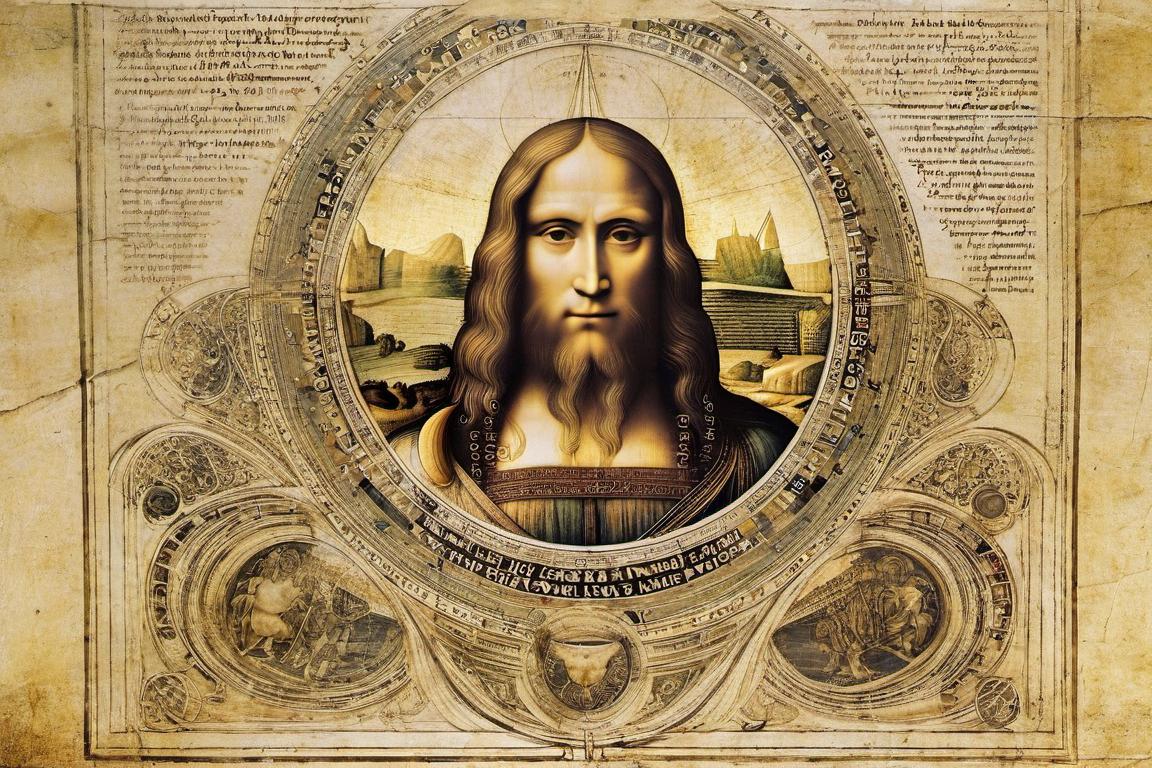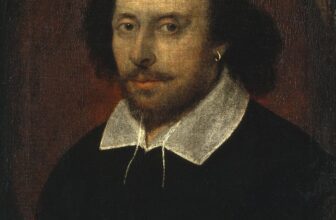
Leonardo da Vinci: The Renaissance Polymath Who Changed the World
Leonardo da Vinci, often referred to as the quintessential Renaissance man, remains a towering figure in history whose influence extends far beyond his time. Born in 1452 in the small town of Vinci, Italy, Leonardo was a painter, sculptor, architect, engineer, scientist, and inventor. His insatiable curiosity and boundless creativity propelled him to achieve groundbreaking advancements in various fields, leaving a legacy that continues to inspire and shape the modern world. This topic explores how Leonardo da Vinci changed the world, delving into his contributions to art, science, engineering, and the very way we perceive human potential.
Revolutionizing Art: The Masterpieces That Endure
Leonardo’s impact on art is perhaps the most well-known aspect of his legacy. His works, characterized by their technical mastery, emotional depth, and innovative techniques, set new standards for artistic excellence.
**The Mona Lisa: A Masterpiece of Ambiguity**
The *Mona Lisa* is arguably the most famous painting in the world. Its enigmatic smile, realistic portrayal, and pioneering use of sfumato—a technique that creates a soft, gradual transition between colors and tones—make it a masterpiece of subtlety and emotion. The painting transcends time, captivating viewers and serving as a symbol of artistic ingenuity.
**The Last Supper: A Study of Human Emotion**
In *The Last Supper*, Leonardo revolutionized religious art by capturing the drama and emotion of Christ’s final meal with his disciples. His innovative use of perspective draws the viewer’s eye to the central figure of Jesus, while the varied reactions of the disciples convey the complexity of human emotion. This fresco not only influenced religious art but also set new benchmarks for narrative storytelling in visual media.
**Anatomical Accuracy in Art**
Leonardo’s obsession with understanding the human body led him to conduct detailed anatomical studies, which he incorporated into his artwork. His sketches of muscles, tendons, and organs revealed an unprecedented level of accuracy, bridging the gap between art and science. These studies not only enhanced the realism of his works but also contributed to medical knowledge.
Advancing Scientific Inquiry: The Birth of Modern Science
Leonardo’s contributions to science were revolutionary, laying the groundwork for many fields of study. Unlike many of his contemporaries, he emphasized observation and empirical evidence, a cornerstone of the scientific method.
**Anatomy and Medicine**
Leonardo’s dissections of human cadavers led to detailed drawings of the human anatomy, many of which were more accurate than those available to medical professionals at the time. His studies of the human heart, for instance, revealed its intricate structure and functioning, predating discoveries made centuries later. These drawings provided valuable insights that influenced both art and medicine.
**Botany and the Study of Nature**
Leonardo’s fascination with nature extended to botany, where he meticulously studied plant structures and growth patterns. He identified the principle of heliotropism—the tendency of plants to grow toward sunlight—and documented the spiral arrangements of leaves and seeds, known today as phyllotaxis. These observations highlighted the interconnectedness of nature and inspired future scientific exploration.
**Physics and Mechanics**
Leonardo’s studies in physics and mechanics were far ahead of his time. He explored concepts such as friction, the laws of motion, and the behavior of fluids, documenting his findings in thousands of pages of notebooks. His observations laid the groundwork for future scientists, including Galileo and Newton, to build upon.
Engineering Marvels: Bridging Imagination and Reality
Leonardo’s engineering designs showcase his ability to merge imagination with practicality. Many of his inventions were centuries ahead of their time, demonstrating a visionary approach to problem-solving.
**Flying Machines: The Dream of Flight**
Leonardo’s sketches of flying machines, including the ornithopter and the aerial screw, reflect his fascination with the possibility of human flight. While these designs were never built in his lifetime, they inspired future generations of inventors and contributed to the development of aviation.
**Military Engineering**
Leonardo also applied his ingenuity to military technology. He designed armored vehicles, multi-barreled cannons, and fortified walls, combining creativity with functionality. Although many of these designs remained theoretical, they demonstrated his ability to think strategically about engineering challenges.
**Hydraulics and Urban Planning**
Leonardo’s work in hydraulics included designs for water pumps, aqueducts, and irrigation systems. He also proposed visionary urban planning ideas, such as multi-level cities with separate pathways for pedestrians and vehicles, anticipating modern urban infrastructure.
Shaping the Renaissance and Beyond
Leonardo da Vinci’s interdisciplinary approach epitomized the spirit of the Renaissance, a period marked by the fusion of art, science, and humanism. His work influenced not only his contemporaries but also generations of thinkers, artists, and scientists who followed.
**Influence on Art and Culture**
Leonardo’s artistic techniques and principles have shaped countless artists and movements. The use of perspective, anatomical precision, and emotional depth in his works set benchmarks that continue to define artistic excellence.
**Inspiring the Scientific Revolution**
Leonardo’s empirical approach to science paved the way for the Scientific Revolution. By prioritizing observation and experimentation, he challenged traditional ways of thinking and inspired a new era of inquiry and discovery.
**A Legacy of Curiosity and Innovation**
Perhaps Leonardo’s greatest legacy is his embodiment of curiosity and the belief that human potential is boundless. His ability to transcend disciplinary boundaries serves as a reminder of the power of imagination and the importance of lifelong learning.
Lessons for the Modern World
Leonardo da Vinci’s life and work offer valuable lessons for today’s world. In an age of specialization, his interdisciplinary approach underscores the importance of holistic thinking and the interconnectedness of knowledge. His relentless curiosity and willingness to experiment remind us of the importance of embracing failure as a step toward innovation.
As we navigate the challenges of the 21st century, from technological advancements to environmental sustainability, Leonardo’s legacy serves as a beacon of inspiration. His work reminds us that creativity, curiosity, and a commitment to understanding the world can lead to transformative change.
Leonardo da Vinci’s impact on the world is immeasurable. From revolutionizing art to advancing science and engineering, he reshaped the way we understand and interact with the world. His legacy transcends disciplines and eras, reminding us of the boundless potential of human ingenuity. As we continue to explore the frontiers of knowledge and creativity, Leonardo’s life stands as a testament to the power of curiosity, innovation, and the enduring quest for excellence.




